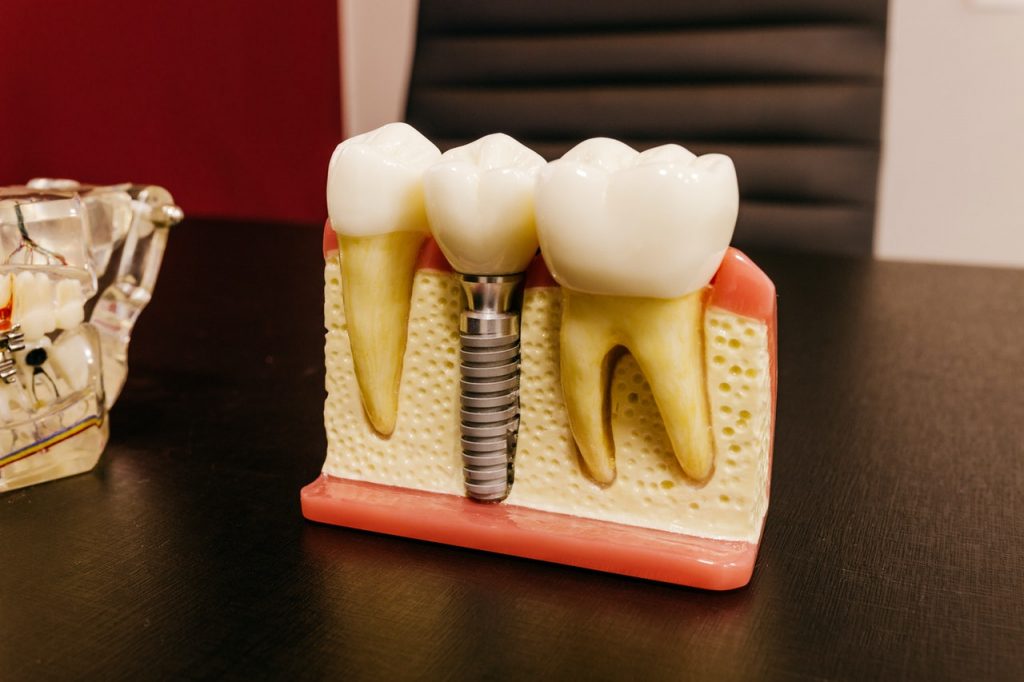For decades technology and dental science have been working on ways to provide patients with teeth when they have lost their own. Partial dentures, full dentures and bridges have all been around for some time and are still an option to this day. Dental implants Hertfordshire have made significant progress and have developed into a viable alternative. Preventive dentistry is still the primary answer to preserving our teeth, but unfortunately there are still cases of poor oral hygiene ending in tooth loss. Accidents also happen resulting mainly in front tooth loss which can be devastating to a person’s confidence, preventing them from smiling due to embarrassment. Implants have been developed to provide a long-term solution to tooth loss in such a way as to mimic our own natural teeth.
Is a dental implant suitable for me?
We are not created equal and therefore we are not all suitable candidates for an implant procedure. Before this treatment can be considered a very thorough examination and assessment must be done. At this examination a questionnaire will be completed which delves into a patient’s past and current medical history. It is important to find out what treatments and medications a patient has had and if there are any allergies. Family diseases and childhood diseases will also need to be identified. Any drug use, smoking or excessive use of alcohol must also be declared. Poor oral hygiene, heavy smoking and diabetes are often considered to be factors contributing to unsuitability for implant procedures. A thorough physical examination including X-rays and sometimes a CT scan will be conducted to do a proper assessment of a patient’s condition. The jawbone structure and its density is a very important consideration, as it may be necessary to strengthen the jawbone with a bone graft. The dentist will then discuss the treatment proposed with the patient, highlighting all the procedures necessary to achieve a successful outcome. This is the time for a patient to ask questions and to ensure that they have enough information to make an informed decision.
Types of implants

There are essentially two different types of dental implants, endosteal which is the more common and which is screwed into the jawbone. The other is subperiosteal which is placed on the jawbone rather than in the jawbone.
Implant procedure
An endosteal implant requires the dental surgeon to make a small cut in the gum at the location where the implant will be placed. A hole is then drilled to receive the post which acts in the same way that a root supports normal teeth. An abutment is then placed on the post to provide additional support for the crown, which is placed on the abutment. Subperiosteal implants require a cut into the gum allowing for an impression of the bone to be made. This allows for a framework to be made that will fit exactly to the contours of the jawbone. Once the framework has been made the gum must be reopened and using tiny screws the framework will be fitted to the jawbone. A bridge that matches the normal teeth will then be bonded onto the framework once the gum has healed.
Care and maintenance of an implant
Once a period of healing has passed a dental implant can be treated as a normal tooth, although it is recommended to brush with a soft bristle toothbrush and to floss regularly. Dental advances have meant that it is not necessary to suffer due to lost teeth, as these can be replaced with almost identical crowns allowing you to live normally as if you had your own teeth.
